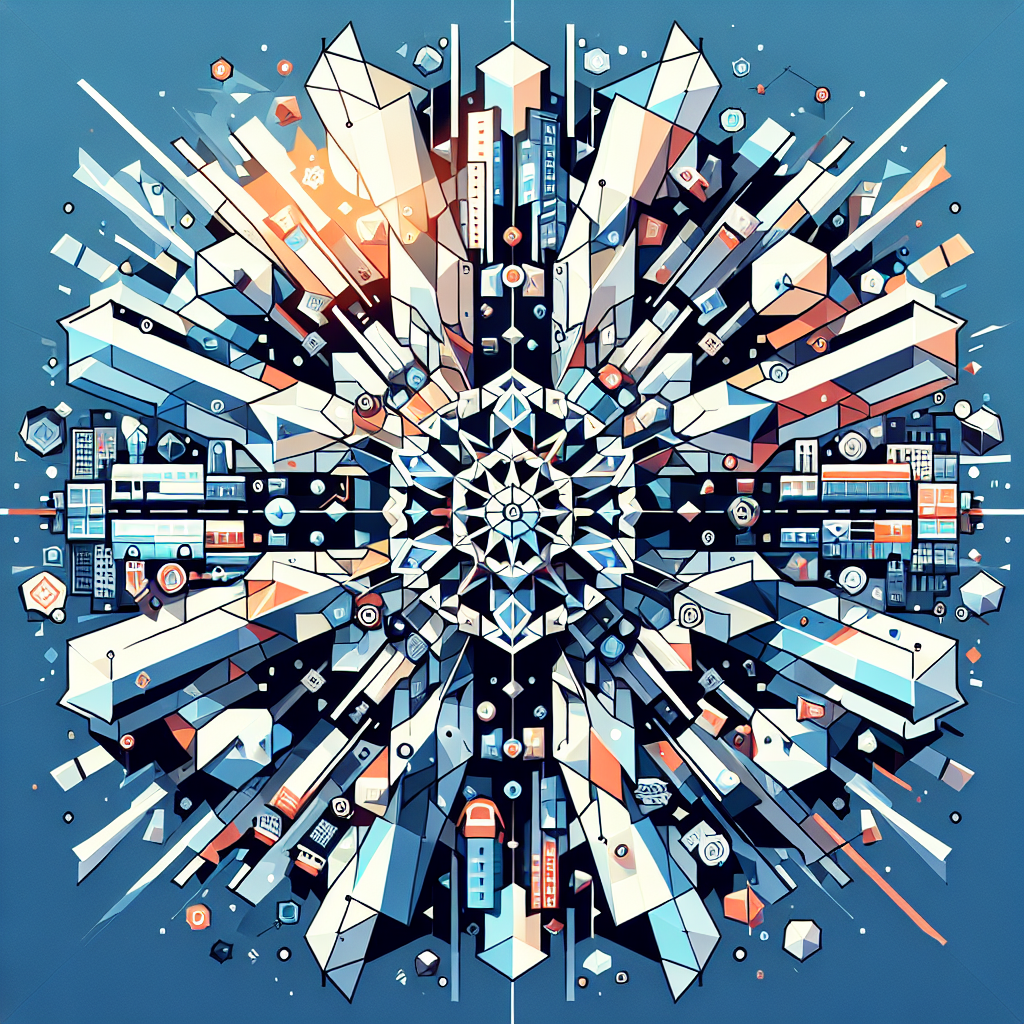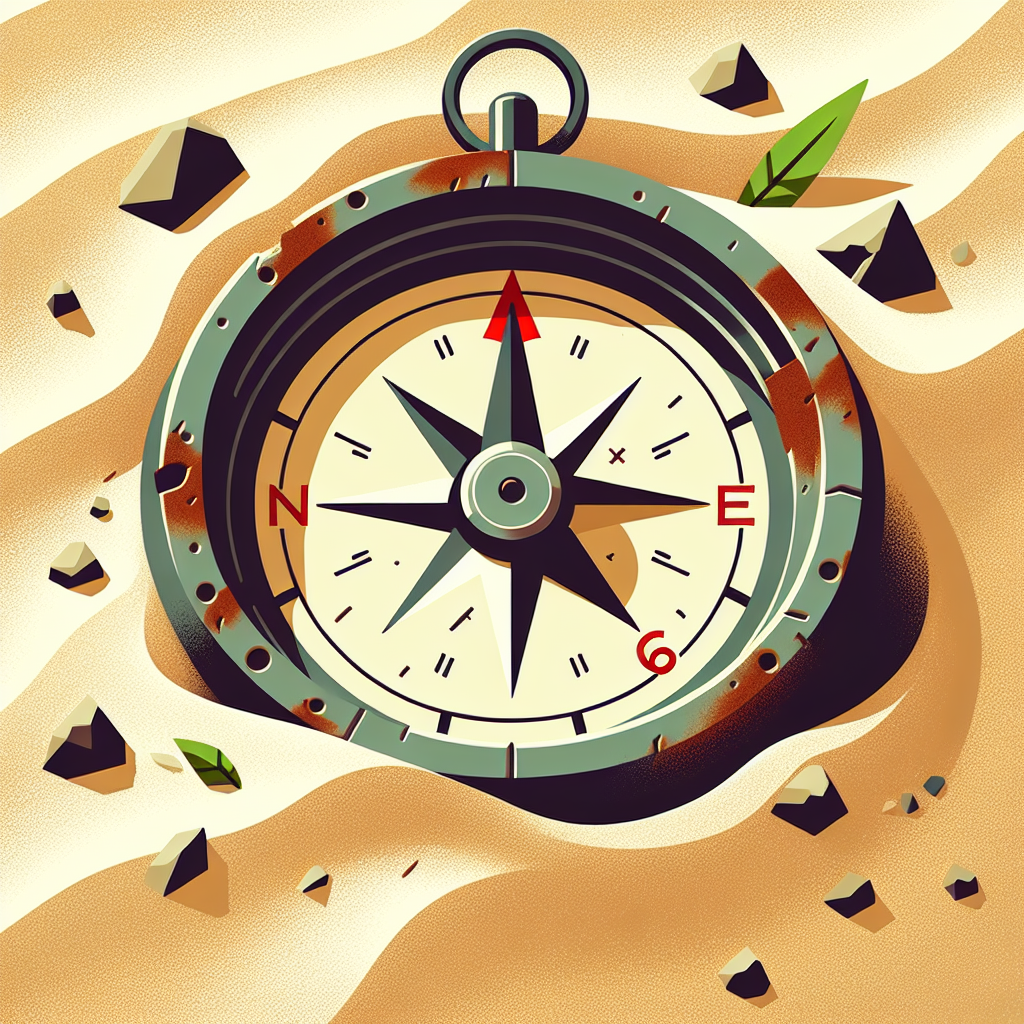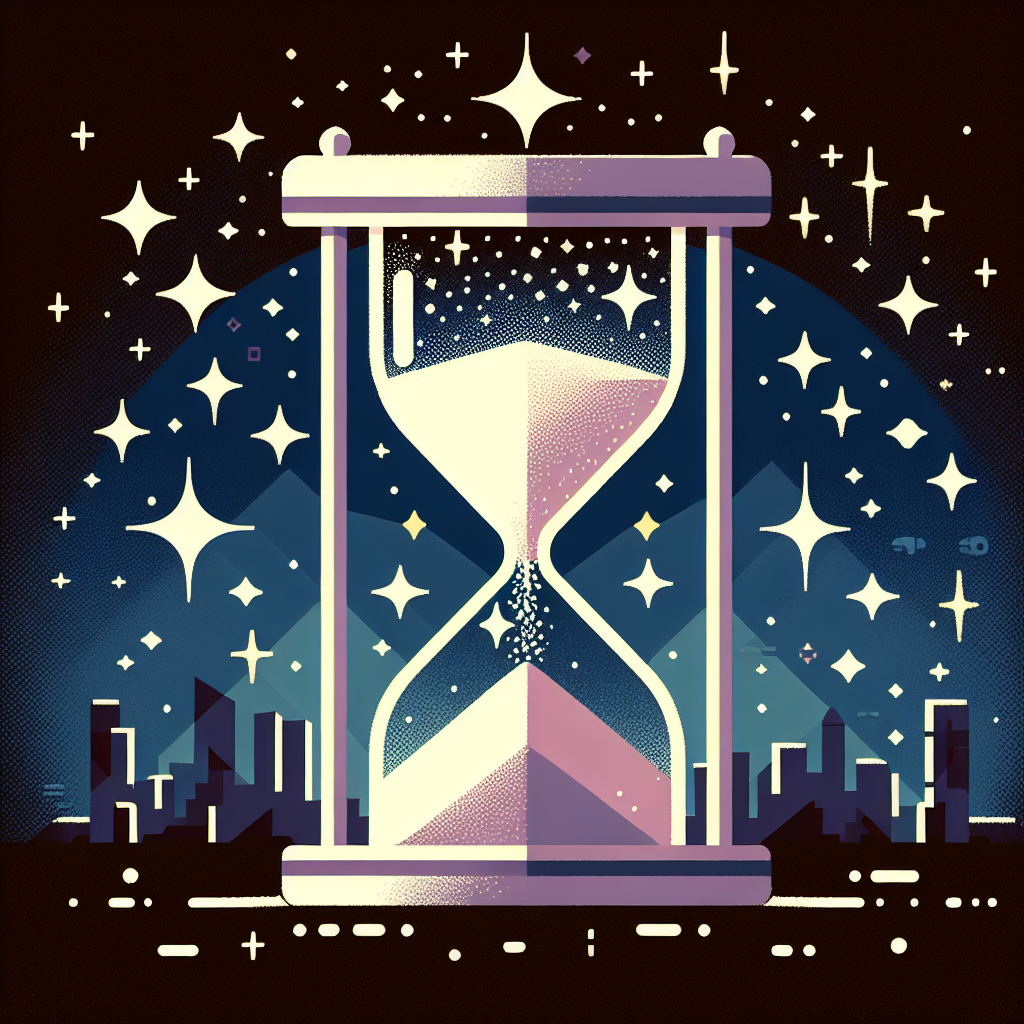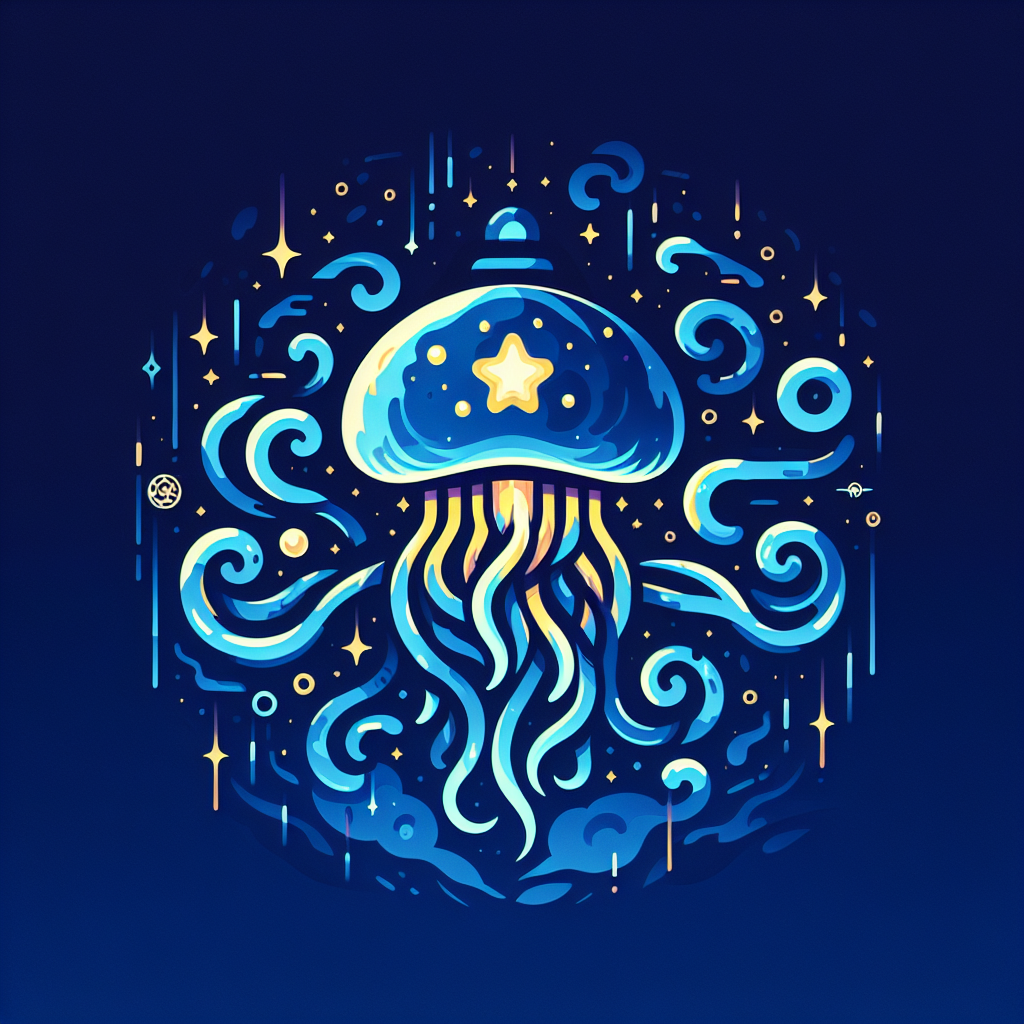Your Comprehensive Guide to Understanding the Evolution of Modern Art
Modern art is a dynamic and often complex field that reflects the broader changes in society, culture, and technology. By exploring the different movements and influential artists, we can grasp how modern art evolved and why it carries significant importance today. This guide will delve into some key concepts and notable perspectives that shape our understanding of modern art, discussing its relevance and impact on contemporary culture.
The Foundations of Modern Art
The origins of modern art can be traced back to the late 19th century, where artists sought new ways to express the rapidly changing world around them. The invention of photography, shifts in political power, and the rise of the industrial age all played a critical role in shaping modern art.
“Art is the most beautiful of all lies.” – Claude Debussy
Artists like Claude Monet and Vincent van Gogh broke away from traditions, embracing new perspectives and techniques. Impressionism, for example, focused on capturing fleeting moments and the effects of light, setting the stage for future movements. The exploration of color and form led to the birth of various styles like Cubism and Expressionism, as artists experimented with abstraction.
For an in-depth visual exploration, watch the video here.
Key Movements in Modern Art
Modern art encompasses various movements, each with distinct characteristics that contribute to its overall narrative. Some of the most significant include:
- Impressionism – Focused on light and atmosphere.
- Expressionism – Emphasized emotional experience over physical reality.
- Cubism – Advocated for the representation of subjects from multiple perspectives.
- Surrealism – Explored the unconscious mind and dream imagery.
“Every artist dips his brush in his own soul, and paints his own nature into his pictures.” – Henry Ward Beecher
Incorporating these movements, modern artists challenged traditional notions of beauty and representation, continuously pushing the boundaries of art. The diversity within modern art reflects the complexity of the human experience, resonating with audiences in profound ways.
Impact of Modern Art on Contemporary Culture
The influence of modern art extends far beyond galleries and museums; it shapes contemporary culture and societal norms. Many artists use their platform to address contemporary issues such as social justice, environment, and identity, thus fostering dialogues that resonate with today’s audiences.
Modern art has also had a significant impact on various other fields, including design, architecture, and fashion. The aesthetic principles that emerged during the modern era continue to inspire creators across disciplines.
“Art is not freedom from discipline, but disciplined freedom.” – John F. Kennedy
As modern art intersects with technology, we see an increasing number of artists utilizing digital tools and platforms, expanding the definition and accessibility of art.
Notable Artists Shaping Modern Art
Some of the most celebrated modern artists have left indelible marks on the world of art. Figures like Pablo Picasso, Frida Kahlo, and Jackson Pollock challenged conventions and offered unique perspectives through their distinctive styles. Each artist’s contribution helped pave the way for new avenues in artistic expression.
Additionally, as noted in various points of view, the role of art continues to evolve. Artists are now seen not just as creators but as commentators and activists, using their art as a voice for change.
Conclusion: The Ongoing Journey of Modern Art
As this guide has illustrated, modern art is a living, breathing entity—constantly evolving and adapting to the rhythms of society. Understanding its foundations, movements, and influential artists enriches our appreciation of the world around us. We’re encouraged to view art not just as an object of aesthetics but as a commentary on life itself.
What are your thoughts on modern art? How has it influenced your perspective on culture? Share your ideas in the comments below and don’t forget to spread the word by sharing this post on social media!
External Resources:
– For more on the history of modern art, visit The Art Story.
– Explore the influence of modern artists at MoMA’s collection.
– Check out Visual Arts Resources for a comprehensive overview of modern art movements.
“`



